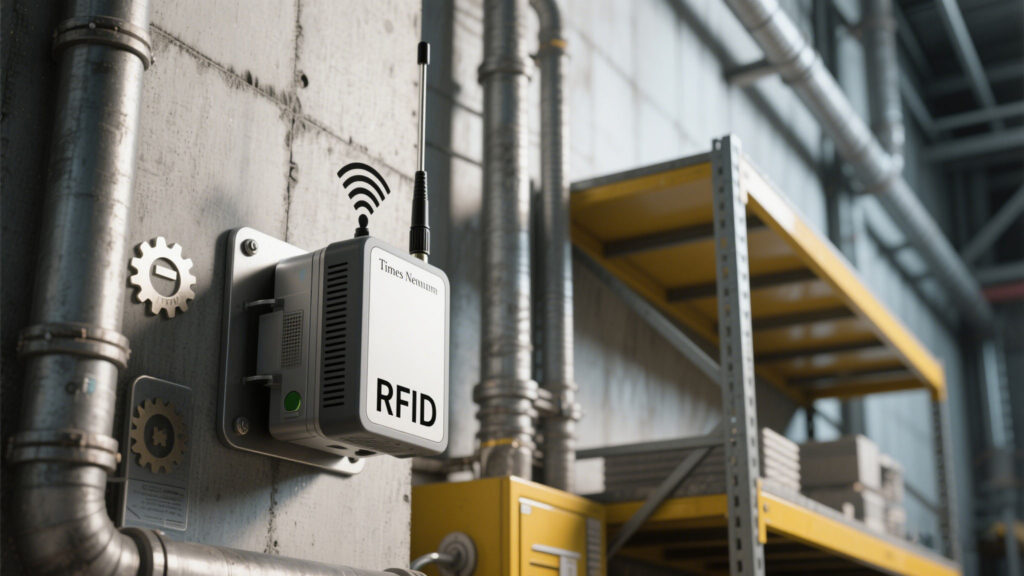Essential Routine Maintenance Tips for Handheld RFID Scanners
362Keep your handheld RFID scanners in top shape! Learn step-by-step maintenance for battery care, cleaning, firmware updates, and troubleshooting.
MoreAll RFID Product
Long-range RFID readers face significant challenges when operating near metal or concrete barriers, as these materials reflect or absorb radio waves. However, strategic hardware placement, specialized tags, and signal optimization can enable reliable tracking around (not through) such obstacles. Here’s a detailed breakdown of limitations and solutions for industrial, construction, and secure facility applications.

Cykeo’s industrial readers, for example, use adaptive signal algorithms to filter reflected noise, enabling reliable tracking of metal tools in storage lockers or rebar-tagged materials on construction sites.
A construction firm using Cykeo’s system reduced lost equipment by 60% by tagging metal machinery and placing readers at site exits, avoiding attempts to scan through concrete barriers.
Cykeo’s readers are designed for facilities with mixed materials, featuring multi-frequency support and ruggedized enclosures. Their software suite includes reflection mapping tools to identify dead zones and optimize antenna angles.
Keep your handheld RFID scanners in top shape! Learn step-by-step maintenance for battery care, cleaning, firmware updates, and troubleshooting.
MoreLearn how to install an RFID gate reader to prevent retail theft. Follow Cykeo’s step-by-step guide for optimal placement, calibration, and integration with security systems.
MoreLearn how door RFID readers work, common types, buying tips, and future trends to help you find the best access control solution.
MoreChipless RFID is emerging as next-generation identification technology. This article compares its structure, working principle, frequency, data capacity, and cost with traditional RFID, helping businesses evaluate its use cases.
More